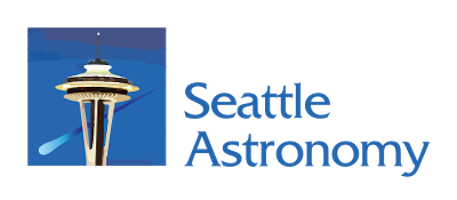Was LIGO really the first?
“It’s a dead ringer,” Weiss said. “That was, as far as I’m concerned, the first real evidence that there were gravitational waves. It was a very important moment, because there had been endless discussions in the scientific community about whether the gravitational waves that Einstein had predicted were real or not.”
In a way the detection of gravitational waves is like the story of an “overnight sensation” who hits the big-time after decades toiling in obscurity. The first glimmerings of LIGO go back more than 40 years, and the basic design of the observatory was actually created well before Einstein dreamed up gravitational waves as part of the general theory of relativity.
The beginnings of LIGO
Back in 1967 MIT asked Weiss to teach a course about relativity. He didn’t tell them that he wasn’t really up on the math of relativity, and joked that it was all he could do to keep a day ahead of his students. Weber was doing his experiments at the time, and Weiss had his class do a thought experiment—what Einstein would call a Gendankenexperiment—about how to detect gravitational waves using light beams. Their solution was essentially a Michaelson Interferometer, a device developed in 1880s. (An animated view of a simple interferometer is below; also check our recent post about LIGO from an Astronomy on Tap Seattle event.) A few years later, after the Weber findings were dismissed, Weiss started to think about the detection of gravitational waves a little more seriously.“I wanted to convert that Gedankenexperiment into a real apparatus,” he said.
An animation of how LIGO works. A laser beam is directed through a splitter into two
equal-length arms, and reflected back. If the length remains the same, the reflected beams
cancel each other out. But if a gravitational wave distorts the beams, they do not cancel and
light reaches a detector. Image credit: LIGO/T. Pyle.
equal-length arms, and reflected back. If the length remains the same, the reflected beams
cancel each other out. But if a gravitational wave distorts the beams, they do not cancel and
light reaches a detector. Image credit: LIGO/T. Pyle.
This was easier said than done. As noted, many in the scientific community doubted that gravitational waves existed, and even Einstein had expressed doubt that they could ever be detected. This made getting funding for the work a challenge. The technical obstacles were greater still. The device had to detect preposterously small distortions in spacetime—along the order of a thousandth of the width of a proton—and it had to do so in an environment in which there is a tremendous amount of noise. The Earth itself is spinning and vibrating, ocean waves lap up on the shore, a train goes by. They had to figure out a way to get the interferometer mirrors to hold still. That problem was solved by suspending the mirrors from multiple pendula, which themselves hang from a noise-reducing feedback system. Even a little heat or a molecule of oxygen in the interferometer tube could distort the light beam.
“The way you get rid of it: you make a very good vacuum, and that costs a lot of money,” Weiss noted. They also added mirrors to the basic design that make the light path longer and keep more light in the system, both ways to amp up the sensitivity of the instrument.
It’s no wonder this “overnight” discovery was more than 40 years in the making, and didn’t happen until a century after Einstein first proposed gravitational waves. Weiss spent a lot of time recognizing the many scientists who contributed to LIGO over the years, and noted that today the LIGO Scientific Collaboration includes more than one thousand people from 83 different organizations.
More discovery to come
The future of gravitational wave astronomy is fascinating, according to Weiss. With the VIRGO interferometer in Italy and LIGO-India (INDIGO) joining the LIGO facilities at Hanford, Washington and Livingston, Louisiana, scientists will be able to triangulate to get a better idea about where detected gravitational waves originate. The eLISA mission of the European Space Agency would be a huge interferometer in space that could possibly spot gravitational waves with longer lengths, created by such events as the mergers of supermassive black holes. The LISA Pathfinder mission successfully tested some of the technology earlier this year, and the ESA just this week put out a call for concepts for the next phase of the project. Most interesting is the possibility to detect gravitational waves from almost the instant of the Big Bang, which could be spotted as density variations in the cosmic microwave background.“I fully expect that if there are gravitational waves that come from inflation, in the next ten years they’ll be found,” Weiss predicted.
A full house at the UW enjoyed the engaging lecture by Weiss.












